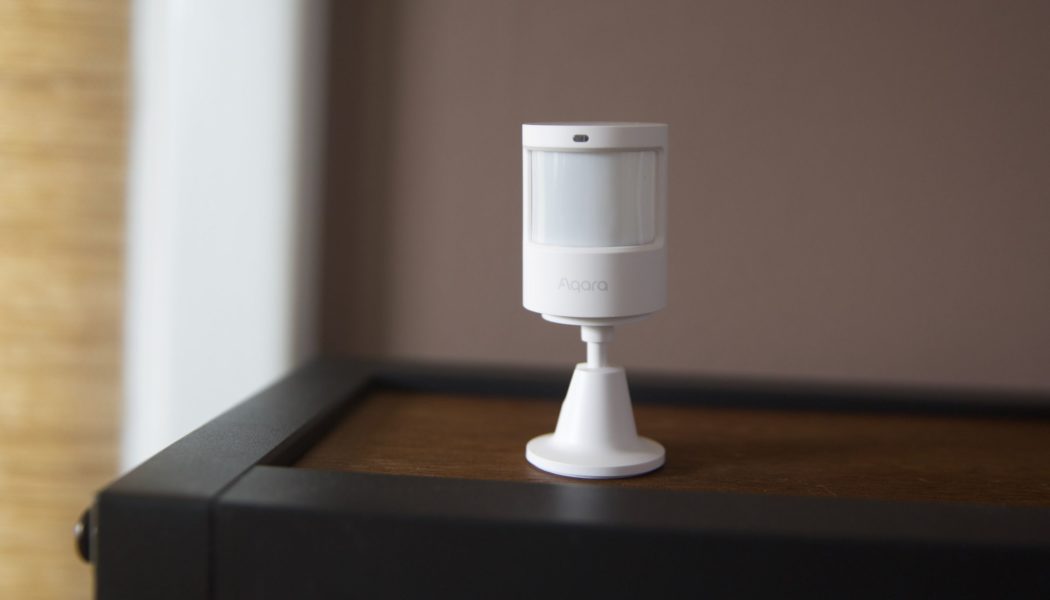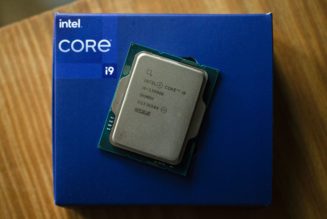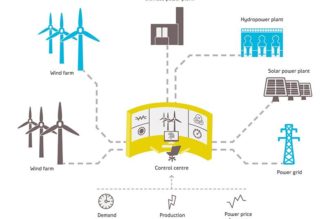The long-promised Thread sensor is finally here, but while there are some improvements, Matter’s shortcomings mean it’s less functional than Aqara’s excellent and cheaper P1 motion sensor.
Share this story
See our ethics statement.
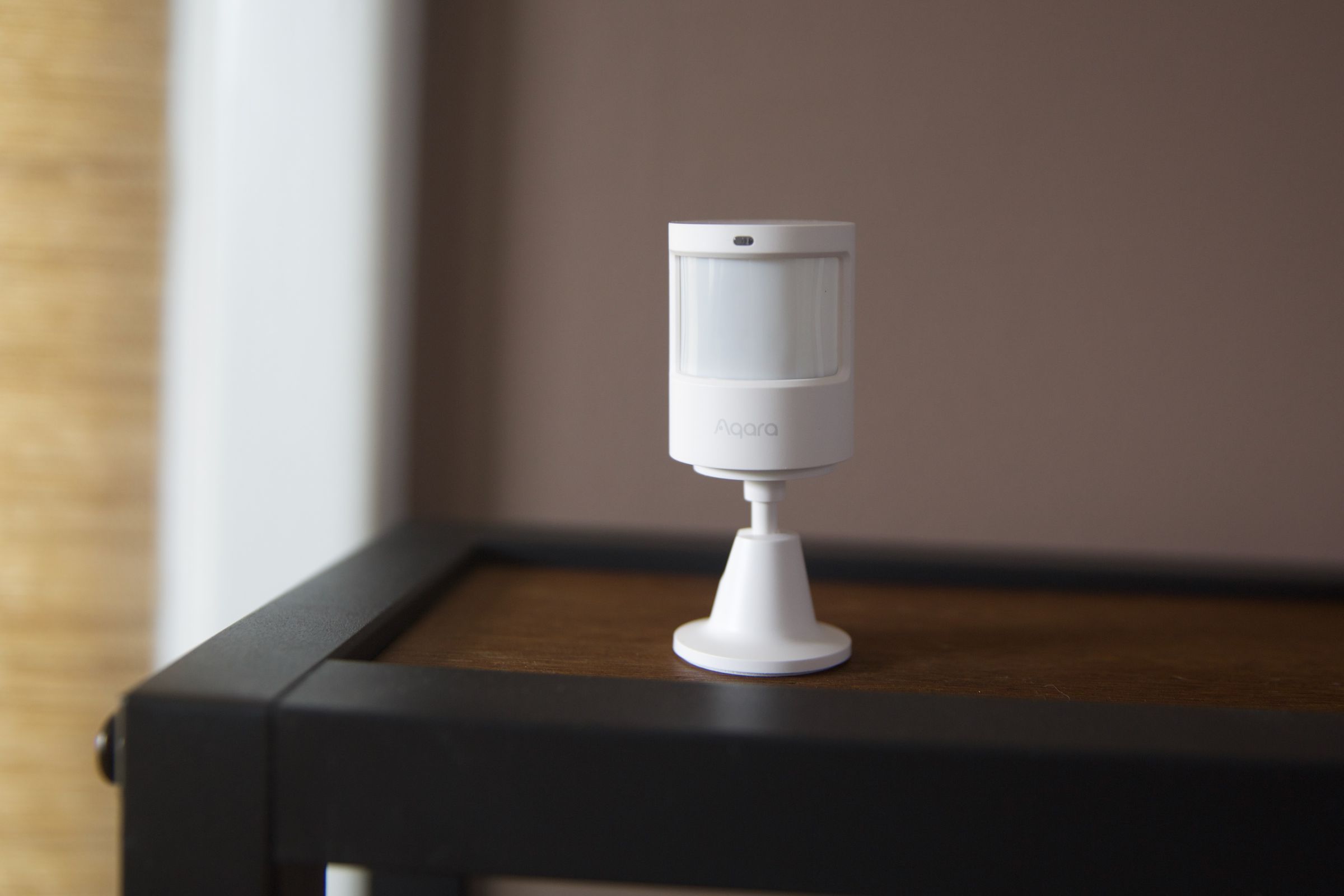
Aqara’s Thread-based Motion and Light Sensor P2 ($33.99) has been on my smart home wish list since it was announced way back in 2022 — and now, it’s finally here. My home runs on motion sensors, and I’ve been using Aqara’s Zigbee-based ones for years. They’re among my favorites due to their low price, small size, simplicity, and rock-solid reliability. But they require a hub, which adds complexity and makes them harder to recommend.
What makes the new P2 different is that it uses Matter-over-Thread instead of Zigbee. This means that, in theory, it will connect directly to your smart home platform of choice — Apple Home, Amazon Alexa, Google Home, etc. — no Aqara Zigbee hub needed. It’s also $10 cheaper than the Eve Motion ($49.95), the only other Thread / Matter motion sensor available today.
I’ve had the P2 set up in my smart home for a couple of days, and functionally, it’s the same great Aqara motion sensor I know and love. In almost all respects, the P2 is identical to Aqara’s Zigbee-based P1 motion sensor ($24.99); all that’s changed is the connectivity and battery life. But in my short amount of time with it, I can’t see that the addition of Matter and Thread has brought significant improvements — and in some ways (battery life in particular), they’ve made it worse.

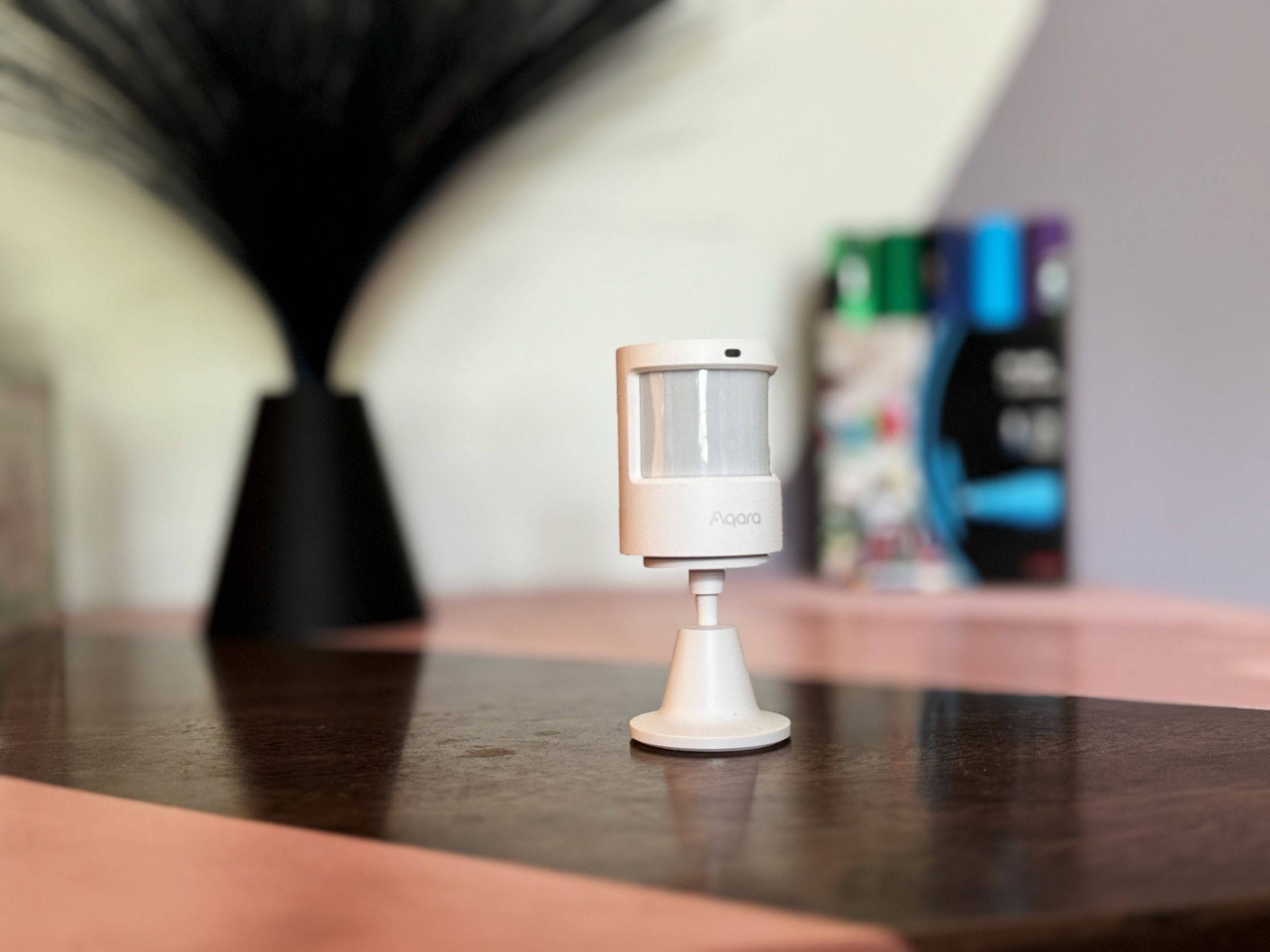
Aqara nailed the design for a motion sensor years ago, and it has not messed with success. The P2 sports the same versatile stand as the P1, which lets you twist and angle the sensor 360 degrees to get the perfect field of view. Its flexibility provides more range than my other favorite Zigbee-based sensor, the Philips Hue Motion Sensor ($44.99) with its magnetic mount.
The P2 is easy to mount on a wall or ceiling thanks to the supplied sticky pads; you can even stick it under furniture, something that’s hard to do with the chunky Eve Motion. I would like to see a screw mount option — my husband is very averse to sticky tape on our painted walls. But there is also the option to just pop it on a flat surface and not use the mount at all.

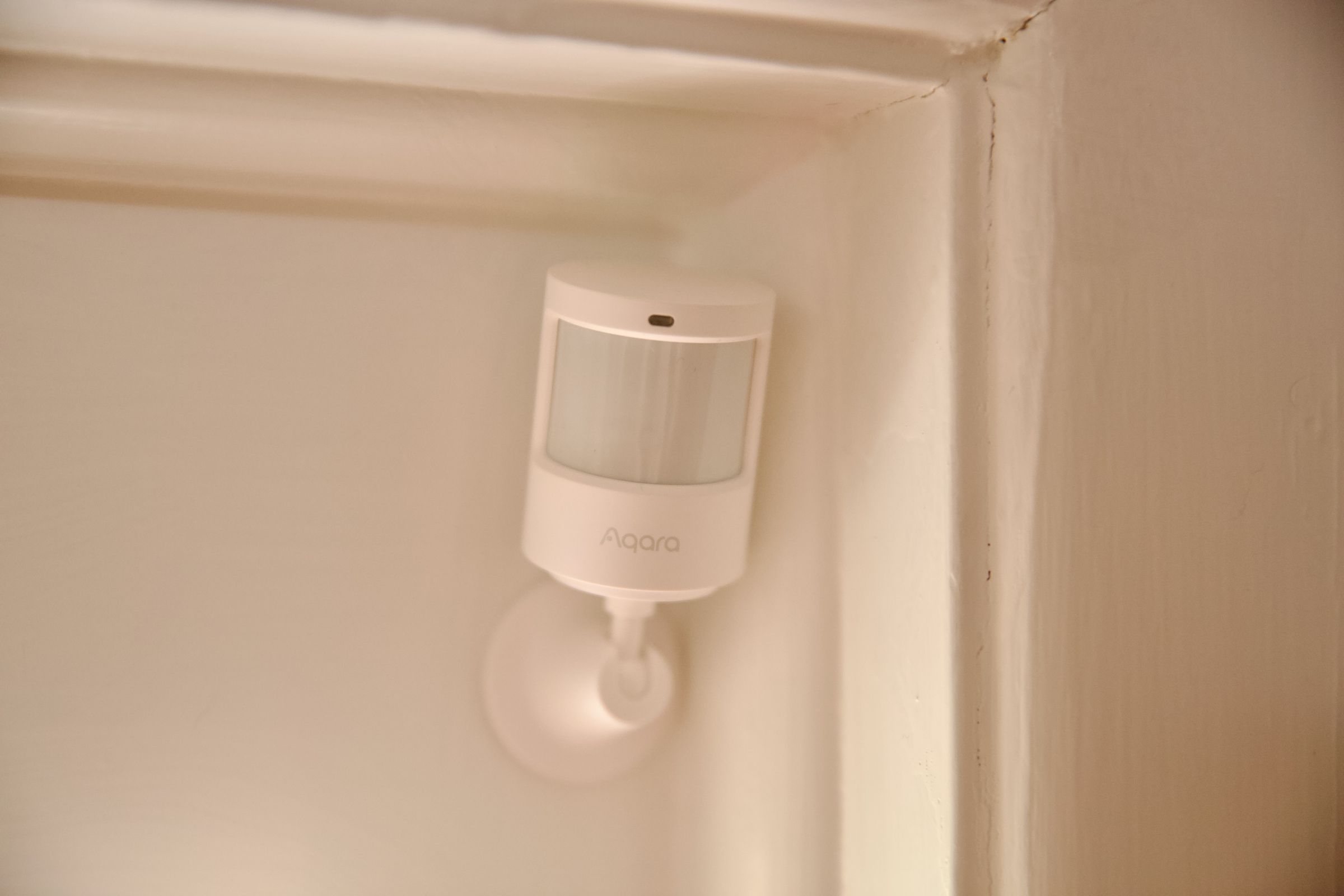
The P2 has the same wide-angle PIR sensor and light (lux) sensor as the P1 and can similarly detect motion up to 23 feet away and over 170 degrees horizontally. Its built-in light sensor can be used for automations in Apple Home and SmartThings. (It shows up in Google Home but can’t be used as a trigger and is not in Alexa at all.) This is useful for having shades automatically lower when it gets too bright or to only turn the lights on when it drops below a certain brightness level. The P1’s light sensor only works in the Aqara app and isn’t exposed to third-party platforms, so the P2 has a leg up here.
But bizarrely — because it is a Matter device — the P2 doesn’t work with Aqara’s app at all. This means you can’t access the device’s settings to adjust things like motion sensitivity range and retrigger time (by default, they’re set at 16.4 feet and 30 seconds), a useful feature of the P1.
The P2 will work with Aqara’s app through its new Matter / Thread Hub M3 coming this spring. But then, you’ll have to buy another hub to get the full functionality of this device, which sort of negates the main reason for buying it over the P1. Ideally, Matter will eventually add support for changing these types of settings into its spec, so we won’t have to also use manufacturer apps. But I’m not holding my breath on that one.

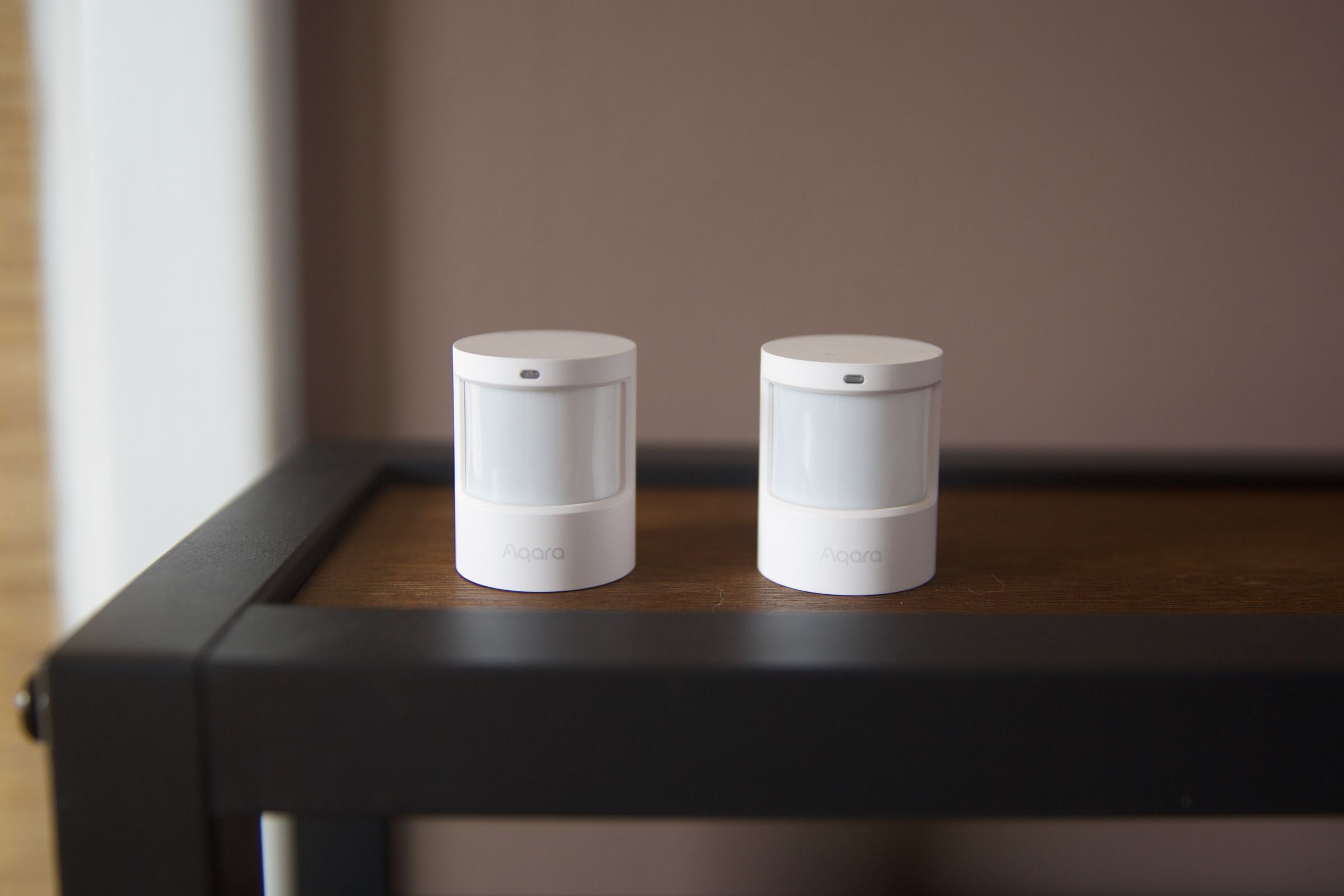
To use the P2 today, you need a Matter controller from your smart home platform of choice and a Thread border router. I set it up using Samsung SmartThings via a Galaxy S22, and it connected easily to my SmartThings Station, which is a Matter controller and Thread border router. (Newer HomePods and Apple TV 4Ks do similar double duty for Apple Home, the third-gen Echo Show 8 and Echo fourth-gen for Alexa, and Google Nest Hubs for Google Home.)
I set automations to have the P2 turn my kitchen lights on when motion is detected; when light levels dip below a set threshold between 4 and 7PM; and to turn on dim when motion is detected during the night. I also set a “no motion detected” automation to turn lights off when there is no motion after 10 minutes. These all worked as expected, and response times were super fast.
However, once I set the P2 up in SmartThings, I couldn’t get Matter’s multi-admin feature to work. This should allow me to share the device with other platforms, such as Apple Home, Home Assistant, and Google Home. (I’ve written previously about issues I’ve had with multi-admin.)
I also tried adding the P2 directly to all four major platforms, and while I did get the P2 connected to Google Home and Alexa using an Android phone, my iPhone 15 Pro refused to onboard it to Apple Home, Alexa, or Google Home.

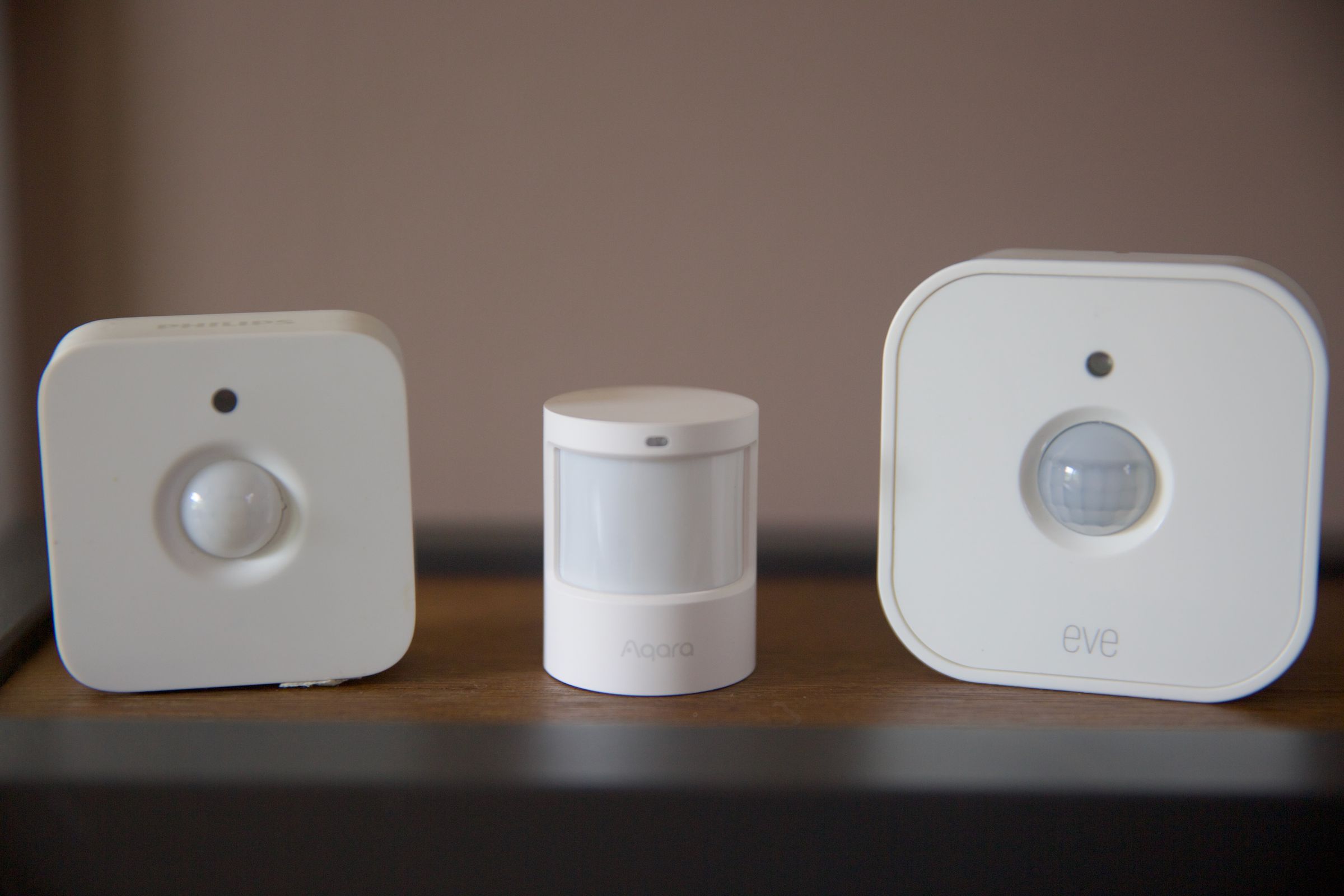
This likely isn’t Aqara’s problem. I’ve run into a lot of trouble adding Matter devices to Apple Home, specifically Thread-based ones. Even once I’ve got them onboarded, I’ve then had problems with Thread gadgets like the Eve Motion and Nanoleaf Essentials Thread bulbs dropping offline. By contrast, my Zigbee-based Hue and Aqara motion sensors have never failed me (unless someone unplugs their hub), and they’ve been running in my home for multiple years.
As it’s virtually impossible to troubleshoot Thread connectivity issues, I haven’t been able to pinpoint the cause, although I have my suspicions. Thread border routers from different manufacturers still don’t work together, and the multiple Thread networks in my house are probably messing me up. The good news is that Thread Group is working on fixes for all these issues. The bad news is that there’s no firm timeline for when we’ll see those solutions in the wild.
This brings me to my other Matter-over-Thread-related disappointment with the P2: battery life. It runs on two CR2450 batteries, and Aqara promises a battery life of up to two years, significantly less than the five years of the P1. I guess this is the price you pay for a “hub-free” life. The processing power required by Matter and the potential for this device to talk to multiple ecosystems over Thread rather than to one Zigbee hub is likely why that number is more than halved, but I’ll have to test this for a lot longer to make a call on that.
While I appreciate Aqara’s efforts to move Thread and Matter forward and prepare us for the smart home of the future, today, the $25 Zigbee P1 is the better option if you are looking for a fast, reliable motion sensor. The main reason to consider the P2 is if you want access to that light sensor in your smart home platform (although you can’t use it in Alexa or Google Home), you just really don’t want to buy an Aqara hub, or you know you have a really stable Thread network.
Developed by Apple, Amazon, Google, and Samsung (and others), Matter is an open-sourced, IP-based connectivity software layer for smart home devices. It works over Wi-Fi, ethernet, and the low-power mesh networking protocol Thread and currently supports over 20 device types. These include lighting, plugs and switches, thermostats, locks, security and environment sensors, refrigerators, dishwashers, smoke alarms, air quality monitors, and more.
A smart home gadget with the Matter logo can be set up and used with any Matter-compatible ecosystem via a Matter controller and controlled by them simultaneously, a feature called multi-admin.
Amazon Alexa, Google Home, Samsung SmartThings, and Apple Home are some major smart home platforms supporting Matter, along with hundreds of device manufacturers.
Photography by Jennifer Pattison Tuohy / The Verge
